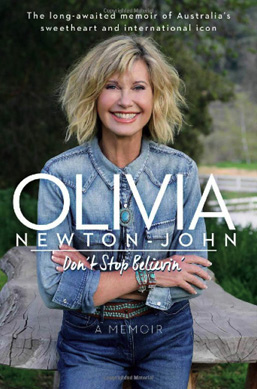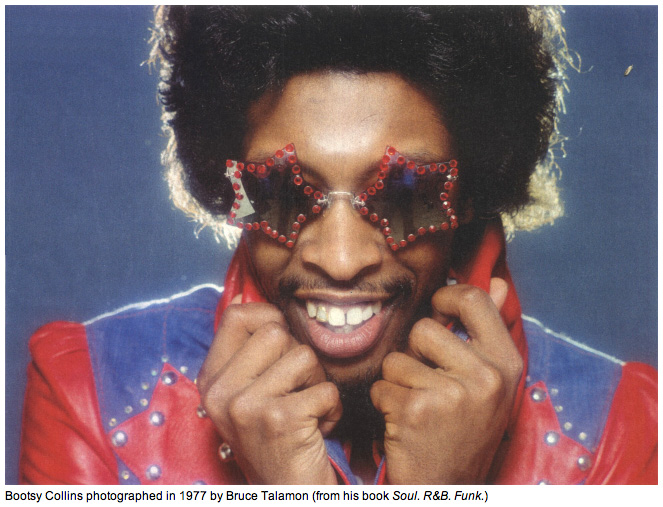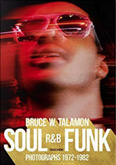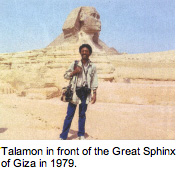- Home
- Introduction, Update Information, Links
- The Super Seventies "Classic 500"
- Readers' Favorite Seventies Albums
- Seventies Single Spotlight
- The Top 100 Seventies Singles
- Favorite Seventies Artists In The News
- Seventies Almanac - Year By Year
- Seventies Singles - Month By Month
- Seventies Albums - Month By Month
- Seventies Daily Music Chronicle
- Seventies Superstars In Their Own Words
- The Super Seventies Archives
- Seventies Trivia Quizzes & Games
- Seventies MIDI Jukebox
- The Super Seventies Bookstore
- The Super Seventies Photo Gallery
- Seventies' Greatest Album Covers
- Popular Seventies Movies & TV
- Seventies Celebrity Portrait Gallery
- Seventies Lyrics Hit Parade
- Top Seventies Artist Music Videos
- Seventies Usenet Music Forums
- Seventies Smiley Calendar
- EXTRA!
- Superseventies.com Facebook Page
- Superseventies.com Reddit Discussions
- The Super Seventies Blog
- Tweet The Seventies
- RockSite InfoBank
- Beatlefan Site
- Thanks For Your Support! / Top Sellers
- Search The Rock Site/ The Web
![]()
Olivia Newton-John reveals her life story from Melbourne schoolgirl
to international superstar in a deeply personal new book.

Don't Stop Believin'
Olivia Newton-John
Memoir
by David Canfield
in Entertainment Weekly
The actress and singer goes deep into a trio of pivotal periods from her book.
THE ROAD TO GREASE
A good chunk of Newton-John's memoir focuses on her humble beginnings; she grinded in the music industry for years before landing the role of Sandy in 1978's Grease. "I'm grateful that I was prepared for it, [that] I had many years in the business before that," she says. "I was 29. I started when I was 15. So it was almost 15 years of working before. I was ready -- it wasn't a big shock being overwhelmed."
"PHYSICAL" PHENOMENON
"I wasn't sure about it!" Newton-John says of her 1981 album's smash-hit title track. "I recorded it, then I had a panic attack, [thinking] it was too raunchy... I say in the book: Two of the things I was nervous about turned out to be my biggest successes. One was Grease; the other was 'Physical'. Not to say you should always do things you're scared of, but in this [case], both challenged my fears."
A NEW LEASE ON LIFE
"When I first had breast cancer in 1992, I decided to talk about it, and it opened up a new world for me," Newton-John says. She was one of the first entertainers to go public with such a diagnosis. What motivated her to reveal it -- and, in turn, become an advocate -- is what also prompted her to discuss it in the book. "There's so much nonsense written about my experience. So I just decided to write about it."
![]()
Bruce Talamon was one of the few lensmen capturing the golden age of '70s sound. With the new book 'Soul.
R&B. Funk.' showcasing his work in full detail, he reveals the story behind this iconic Bootsy Collins portrait.

As told to Alex Suskind
in Entertainment Weekly


![]() his was one of the early sessions that we did with a background and strobes and lighting. We would create a lighting studio wherever we went. We were mobile. We would stuff that crap into my little Fiat.
his was one of the early sessions that we did with a background and strobes and lighting. We would create a lighting studio wherever we went. We were mobile. We would stuff that crap into my little Fiat.
Bootsy loved it, because nobody was doing that for him. He had a ball. He played for us. You should see the stuff that I didn't get in [the book]. I did close-ups on his hands, on the strings. Oh, baby, that s--- was nasty. It was wonderful.
We would treat [artists] like kings and queens. They loved that, they appreciated that. But what could that mean? That meant that Bootsy stayed longer than he needed to. We would shoot maybe 10 rolls of black and white and five rolls of color. We didn't need all that, but they were standing in front of things [saying], "Do you need some more?" "Hey, man, I could change into another outfit." Bootsy did three f---ing outfit changes. He was just cool.
A lot of people have asked me, "Well, why now, why this book about African-American music?" It was marginalized back then. Yes, there were photographers shooting the Jackson 5 or Diana Ross, but they weren't shooting Billy Paul. They weren't shooting the Isley Brothers. They weren't shooting Harold Melvin & the Blue Notes with a young Teddy Pendergrass; they photographed Teddy Pendergrass later. We were the ones that were documenting all this.
![]() Reader's Comments
Reader's Comments
No comments so far, be the first to comment .
![]() Best of EXTRA!
| EXTRA!
| Main Page
| Seventies Single Spotlight
| Search The RockSite/The Web
Best of EXTRA!
| EXTRA!
| Main Page
| Seventies Single Spotlight
| Search The RockSite/The Web


